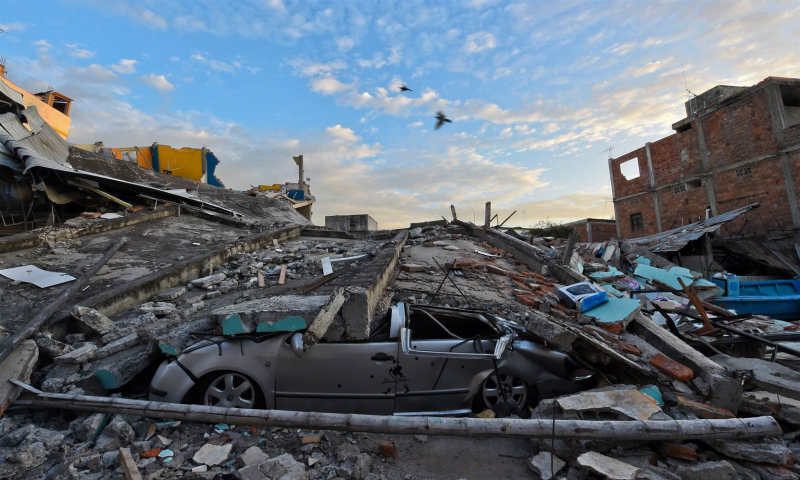A 9.0 Earthquake Releases 90 Times the Power Produced by the US
Unnatural disasters like earthquakes can be devastating. The Richter scale is often used to determine the seismic power of an earthquake, yet stating that an earthquake is a four on that scale doesn't actually put anything into perspective. Fortunately, there are some comparisons we can draw.
If an earthquake did measure 4.0 on the Richter scale, you would more or less consider it to be light. Nevertheless, it disperses energy equal to one kiloton of TNT. It seems like a lot, yes? It amounts to approximately 1162 mWh of energy. A 4.0 earthquake could power 108 US households for a year if each US household uses 10.715 kWh on average. However, it was only a light earthquake. Let's move up to a big earthquake.
An earthquake with a magnitude of 9.0 is unusual. That is a significant earthquake, and they only occur occasionally, if ever. The US Geological Survey estimates that they will release energy equivalent to the explosion of 32,000 megatons of TNT. The equivalent in gigajoules is 1,338,880,000,000. That is equivalent to 371,911,111,111.11 in MwH. 4,095,487,406 MwH of electricity are produced in the US. As a result, the 9.0 earthquake produced 90 times as much energy as the US's whole yearly power production capacity.
- Power releases: 1162 mWh of energy












